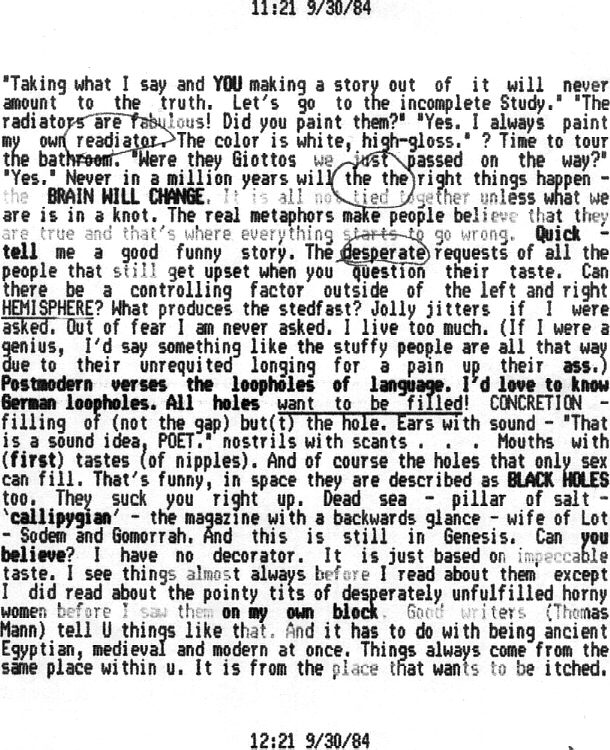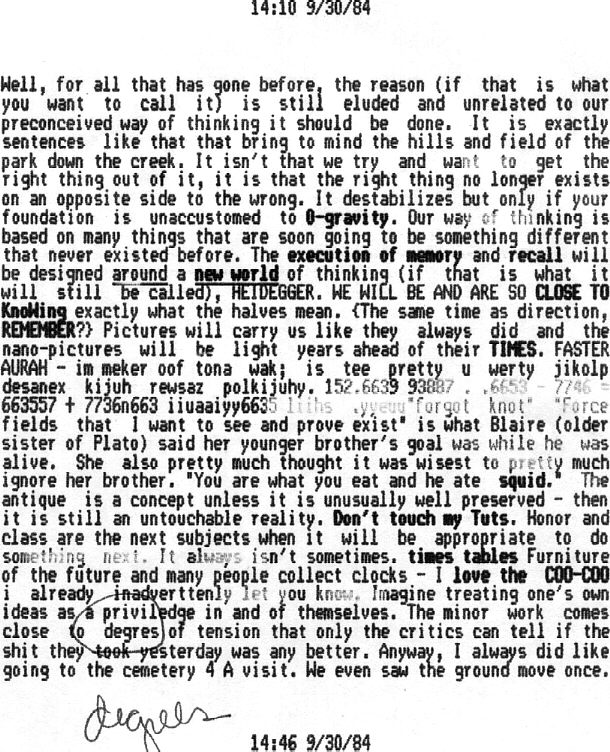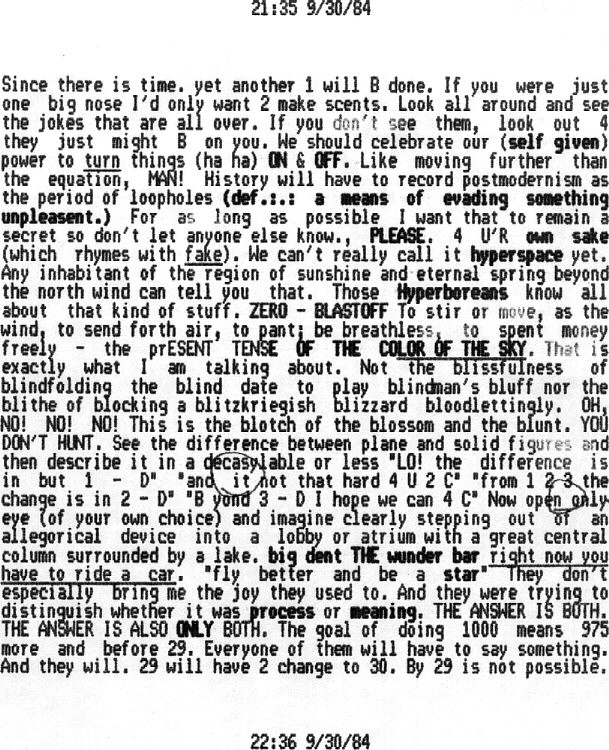From The Discovery of Piranesi's Final Project:
30 September 2023 Saturday
Instead of...
"Why was it me that made these discoveries?"
I'll ask...
"Why did none of the earlier Piranesi scholars and art historians make any of these discoveries before me?"
The late architect and historian Pierre Pinon (1945-2021), in his scrupulous Pierre-Adrien Pâris scholarship, seems to have figured out the Bianconi-Pâris Circus of Caracalla affair more completely than anyone else. What Pinon did not know, however, was Piranesi's final project. The Bianconi-Pâris Circus of Caracalla affair and Piranesi's final project are related, via Francesco Piranesi, but they are also two separate projects, quite different from each other in that there is little overlap between the two.
So, we have a French Pierre-Adrien Pâris scholar that has come close to Piranesi's final project, but there are no Piranesi scholars who have come close to Piranesi's final project, except, of course, the first person to have written about Piranesi in a scholarly manner, Giovanni Lodovico Bianconi. Thus, between February/March 1779, when Bianconi mentions Piranesi working on the Circus of Caracalla within his "Elogio Storico del Cavaliere Giovanni Battista Piranesi Celebre Antiquario ed Incisore de Roma" publication, and 2000.04.06 when I published "the first documentation of the heretofore undetected two differing published states of Piranesi's Ichnographia Campus Martius," no one else ever even mentions that Piranesi was working on the Circus of Caracalla. Admittedly, I too find it very strange for me to be the one to have discovered work by Piranesi that even for Bianconi was a "mystery."
Is it actually true that I'm the first person to know about Piranesi's final project since Laura, Francesco and Piranesi himself?
Around 9 pm, I again saw Jupiter rising just north of east. A few night ago I found out that this new, bright heavenly body indeed was Jupiter via a real-time Philadelphia night sky map online. Interestingly, I also found out that Uranus is presently almost directly behind Jupiter as both planets move across the night's sky.
"When the moon is in the seventh house, and Jupiter aligns with Mars."--remember those lyrics?
What should we sing about, now that Jupiter aligns with Uranus?
2023.09.30

Mary Boone's 180 hours of community service hour 171
2020.09.30

Mary Boone's 180 hours of community service hour 172
2020.09.30
Readymades in Architecture?

Monument Hystérique
In the panic after Pearl Harbor, German planes were reported nearing the coast; the Boston Museum rushed its treasures out of sight. The National Gallery in Washington very intelligently secured the vast empty Vanderbilt chateau of Biltmore in the North Carolina mountains, to shelter the chief masterpieces of the Mellon Collection. The Metropolitan first thought, on the example of the National Gallery in London, of an abandoned mine or quarry, and was on the point of taking one up the Hudson. Fortunately, the prolonged drought during which they inspected it came to an end, and water began to seep in just before they were to occupy it. Various empty country houses were offered them. Soon they announced they had taken a country place, "a hundred miles inland." It was Whitemarsh Hall. Priorities on materials were somehow secured; steel racks for paintings were put up in the salon, steel shutters at the windows. Packing cases were piled in the billiard and other rooms.

Other institutions sent their treasures there also, so that if a single bomb had landed it would have destroyed them all. The hysterical rush to put things in Whitemarsh Hall inspired Hardinge Scholle of the Museum of the City of New York, who had at first participated in the movement, to call the house a "monument hystérique."
George and Mary Roberts, Triumph on Fairmount: Fiske Kimball and the Philadelphia Museum of Art (Philadelphia: J.B. Lippincott Company, 1959).
2007.09.30



|